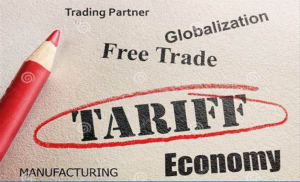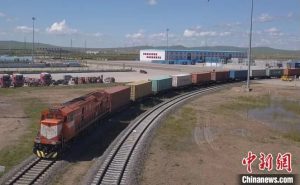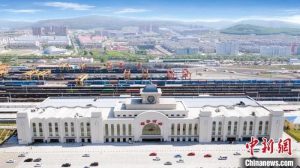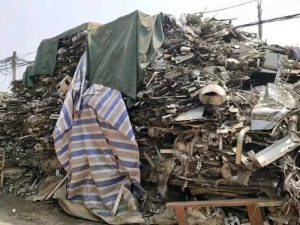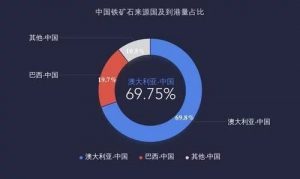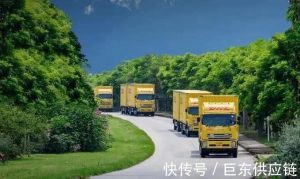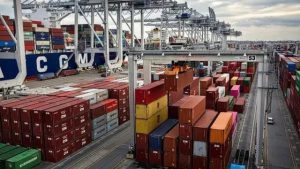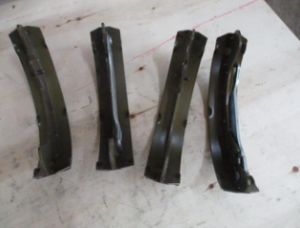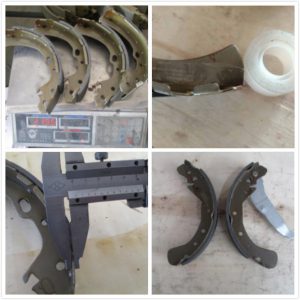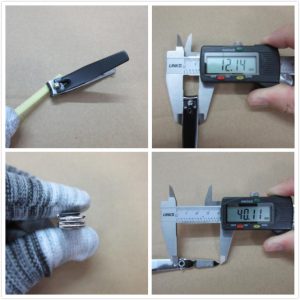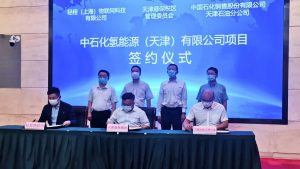
On August 26, tianjin port bonded area management committee and China petrochemical sales co., LTD., tianjin branch, light path (Shanghai) Internet science and technology co., LTD. Signed a cooperation agreement, the airport investment service center to form hydrogen energy (tianjin) co., LTD., sinopec play to all parties in the industry, resource, scene and policy aspects of the comprehensive advantages, combination, We will further promote the development and application of hydrogen energy, and help achieve the goal of “carbon peak and carbon neutral”.
Hydrogen energy, as an important solution for decarbonization, plays an important role in helping to achieve the goal of “carbon peak and carbon neutral”. Tianjin Port Free Trade Zone is a cluster area where Tianjin focuses on the layout and development of hydrogen energy industry. In the past two years, the bonded zone has accelerated the layout of hydrogen production and hydrogenation infrastructure, registered a number of core component projects, made breakthroughs in the application of hydrogen fuel cell forklifts and heavy trucks, and initially formed a hydrogen energy industry chain. Recently, the beijing-Tianjin-Hebei National Fuel cell vehicle demonstration city cluster declared by the bonded area on behalf of Binhai New Area was officially approved, which creates favorable policy conditions for the accelerated development of regional hydrogen energy industry.
Sinopec is one of the world’s top 500 enterprises. Aiming to become the world’s leading clean energy enterprise, the group carries out the layout of the whole industry chain in hydrogen energy. Sinopec Tianjin Petroleum Company is the largest refueling and filling station operator in Tianjin. The comprehensive energy station of oil, gas, hydrogen, electricity and service led by the company will be started in the near future, and will become the first commercial hydrogenation station in Tianjin after completion.
LSC (Shanghai) Internet of Things Technology Co., Ltd. is a company committed to providing hydrogen energy application solutions and integrating resources to build hydrogen energy industry ecological chain. LSC is currently the largest commercial hydrogen fuel cell vehicle operator in China. Previously, it has carried out extensive cooperation with Sinopec in Shanghai, Beijing and other places on the demonstration application and promotion of hydrogen fuel cell vehicles.
It is understood that this contract project subject – sinopec hydrogen energy (tianjin) co., LTD., will be the key to develop hydrogen fuel-cell vehicle demonstration operation, filling station construction operations, to create “car – standing – scene” linkage operation mode, through to end customers with competitive hydrogen vehicles service capacity, drive the continued healthy development of the whole industrial chain. Based on Sinopec Hydrogen Energy (Tianjin) Co., LTD., the BONDED zone will further deepen cooperation with Sinopec in the field of hydrogen energy and new energy, gather high-quality project resources, further promote the aggregation of “1+3+4” industrial elements, provide effective support for the national strategy of coordinated development of Beijing-Tianjin-Hebei region, and make contributions to the implementation of the “dual carbon” goal.
According to the 14th Five-year Plan of Tianjin Scientific and Technological Innovation, we should make great efforts to develop hydrogen energy around the goal of “carbon peak and carbon neutral”. Hydrogen industry is one of the four future industrial clusters that will be cultivated and developed by independent innovation during the “14th Five-year Plan” of Tianjin Port Bonded Area. The bonded area will adhere to government guidance, market operation, scientific layout and coordinated development, firmly grasp the opportunity of hydrogen technology development and energy structure reform, and guide and support by policy. Further strengthen filling stations and other involved hydrogen infrastructure development, expand the hydrogen fuel cell demonstration application scenarios, and to fuel cell research and development, key components manufacturing and vehicle integration as the core, to speed up the industrial layout, form the industry cluster competitive hydrogen, promote the development of the hydrogen industry with high quality, building the leading domestic, the hydrogen industry highlands with international influence.
